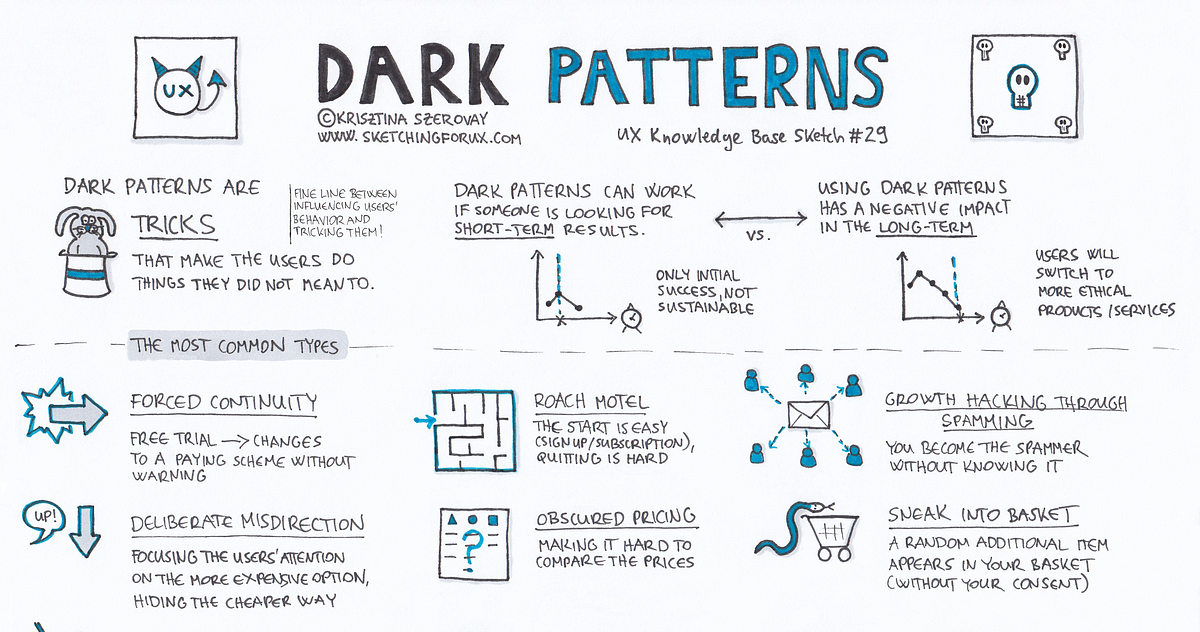Trapped in a world of dark patterns
Readers of my posts over the last 12 months or so will know that I’m not a fan of the way organisations track and profile us as we go about our daily lives online (and in some cases offline too).
The ever connected world in which we live offers manufacturers, designers and service providers a multitude of ways to elicit data about us in order to profile us into pre-defined bubbles so that they can consistently push adverts to tempt us to give them our money – mostly for stuff we dont really want or need.
Readers of my posts will know that I’m a huge advocate of the wonderful system that is the pi-hole which goes a long way in blocking both the telemetry data so hungrily sought by those marketing teams, and the ads they force onto us as a result. See my posts about setting up and configuring a pi-hole if you aren’t already a convert:
- Blocking ads and more with a pi-hole
- Pi-hole, post install activities
- Blocking those pesky ads
- Customising your pi-hole
- Analysing your data
- Changing your view
- Enhancing the pi-hole
Companies will go to many lengths to get you to engage with their services and hopefully give them your money, or help them earn money in other ways – The techniques they employ to do this are called dark patterns. These tactics are also ones I’m really not a fan of, so thought I would write a small piece showing the sort of devious tactics employed by many sites to trick people into giving away data, or spending money they didn’t want to initially spend.
What exactly are dark patterns?
In simple terms, dark patterns are carefully crafted user interfaces that trick people into making decisions or performing actions that they otherwise would not.
They can range from subtle omissions of data so that we are not fully informed about an action all the way to outright lies. What all dark patterns have in common though is that they undermine a users’ intentions and cost them time or money they never meant to spend.
Dark patterns exploit human psychology for the sole purpose of encouraging people to act against their best interests.
Unethical or illegal?
This is most certainly an unethical process, but it can also be illegal in some cases. In 2021, the state of California became the first to pass consumer privacy legislation banning the use of dark patterns, with Colorado quickly following by passing its own consumer privacy legislation banning the use of dark patterns. Other states such as Washington have legislation in the works that would address dark patterns as well.
The EU doesn’t have any single legislation covering the use of dark patterns, but some consumer protections are in place with legislation such as GDPR, and Consumer Rights acts.
This 2023 article by Inside privacy highlights the EU position of the use of dark pattern techniques.
A report from Princeton University in 2009 revealed the prevalence of dark patterns across a wide range of online platforms. The researchers analyzed approx. 53,000 product pages from 11,000 shopping websites and found that 11% of the sites surveyed featured dark patterns that were aggressive, misleading, deceitful, and potentially unlawful.
Examples of Dark patterns
Nagging
As soon as a user enters a site, they are bombarded with adverts, pop-ups and more – all designed to overwhelm the customer with an array of up-sell items, or calls to action – money off vouchers, savings if you join their mailing list, savings off the first purchase, etc. These are tactics employed in real-world retail, but online its much easier to make sure visitors see all your “offers”.
Disguised ads
Disguised adverts are those which are designed to blend in with the sites normal user interface – A common tactic is to make advert links look like the normal sites action buttons. Tricking a user to click the link often earns the site a click-through payment from the ad sponsor regardless of whether the visitor purchases the item on offer.
Hidden costs
Sellers often don’t have one page for the customer to see all costs associated with their purchase – instead they have to click through multiple pages to see items such as tax fees, convenience fees, and shipping fees. The hope here is that buyers will be too invested in the purchasing journey to back-out so decide to buy, even when overly expensive shipping fees are added.
The roach motel
This term is given to services that are very easy to sign up to, but are made deliberately difficult to cancel. Examples of roach motels include subscription services that you have to give 30 days written notice by post to cancel, or ones where you have to contact a call centre to cancel – where other techniques will be employed to try to keep you as a customer.
Forced continuity
Often used in conjunction with the roach motel, forced continuity , as the name suggests forces a user to stick with a service – this is often achieved by offering a free-trial which once expired charges a monthly fee. By not reminding users of the trial-end period, many are tricked into staying with the service once the trial is over. Attempting to cancel the service after the trial sees the customer enter the roach motel.
Interface interference
Interface interference is where the user interface is designed in such a way that actions favourable to the company are pre-selected – such as the tick-box to join the mailing list, or to accept cookies.
Forced action
Similar to interface interference, forced action is a technique whereby customers dont get a choice – so for example websites that allow you to see a portion of an article, but to read the rest, you have to enter an email address.
Sneaking
As the name suggests, sneaking is the action of adding extra goods or services to a users basket with the hope they will not notice, or will accept a small price increase for a sample item, or upsell item they hadn’t previously thought about.
Shaming
Shaming is the act of making a customer feel bad about removing an item from a basket, or for unsubscribing from a mailing list – “Are you really sure you want to leave and miss out of massive savings?”
Bait and switch
A common high-street practice made easier online. In this scenario, a user is tempted to visit a store by an inciting email, advert, or site link but on entering the store are presented with a lower value item, or a different item entirely because “the offer item was sold out”.
Ambiguity
Sites often employ confusing grammatical statements to confuse people what the correct action to take is. E.G. “untick the box to confirm you don’t want to unsubscribe to our mailing list”.
FOMO
Fear Of Missing Out is a popular tactic to encourage potential buyers to commit to the sale. By advertising goods where there is limited stock available, or showing how many people have also bought the product in the last 10 minutes is a commonly seen tactic to drive more sales.
Social pressure
Showing buyers that others have saved money, or displaying testimonials of uncertain origin is a similar tactic to FOMO and is used to pressure sell items because other have also bought them.
Similarly showing other items that people also bought is attempt to get you to do the same
Nudging
Nudging is often seen on sites where the less-desired action is often coloured in such a way as to make it seem that it is the desired action. E.G. Where the Accept button is brightly coloured and the reject button blends into the site background












